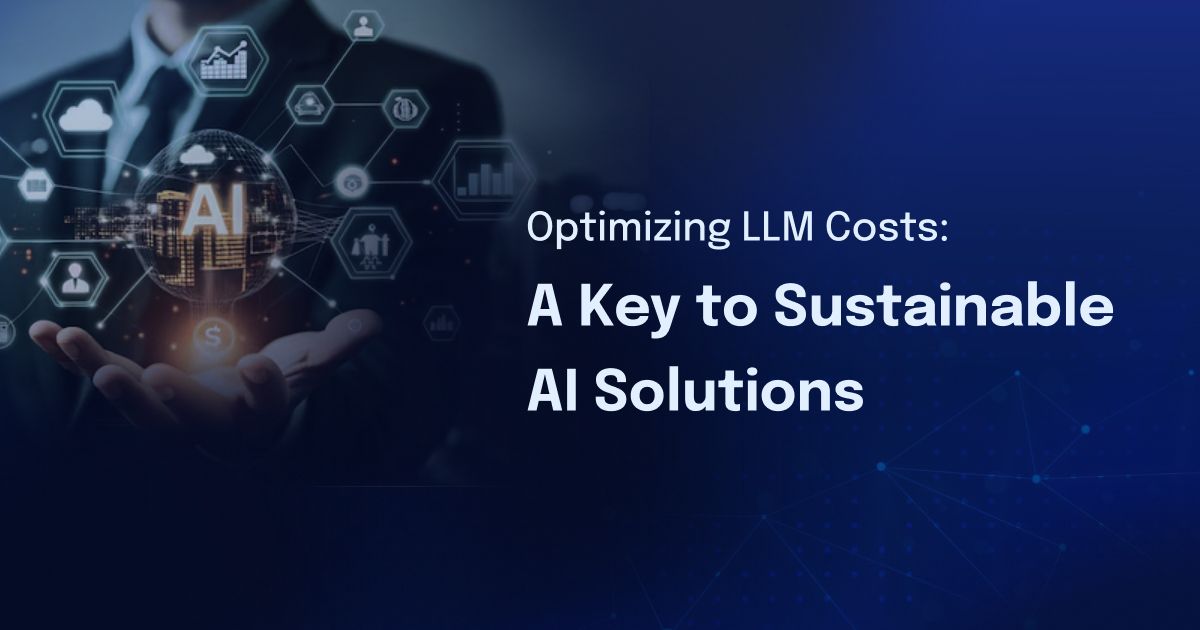Facebook’s Face Recognition Enhancements Will Improve Accessibility for Blind Users
Facebook is improving its existing face recognition program to help vision-impaired people use the social media platform more effectively. Prior to 2016, users with vision loss could only hear the term “photo” when they used to hover their cursor over an image. With the integration of AI-based face recognition feature, the alt-text tool started describing the scenery, objects, animals etc. in the image. Later, the alt-text tool told the blind the number of people present in a photo shared, but not the identities of the people in the image.
From now onwards, Facebook’s improved face recognition program will be able to analyze the pixels in the photos on the news feeds and notifications, and let the blind know which friends are in the image, even if the persons in a photo are not tagged by the user who posts the image.
Though Facebook started using face recognition technology in its preliminary form in 2010, the algorithms haven’t undergone any significant changes. After incorporating feedbacks from billions of user interactions and surveys, Facebook is pushing the technology into the new territory today.
Matt King, Facebook’s UI Accessibility Specialist and also the first blind engineer to be employed by the social media giant, comments that these advancements will drastically improve the way he communicates with others online. To avoid any potential inaccuracies in face recognition, the system will perform a rigorous examination to ensure that Facebook is not tagging someone who simply resembles another person. The system compares the face that is being used for authentication against the user’s profile picture, and other photos or videos in which the user is tagged on Facebook. A certainty threshold will be applied to identify if it’s the right user and not someone who appears similar.
Disability rights advocates comment that this innovation will bring a life-changing impact to the blind as well as partially blind users. It enables them to understand the people in the photographs, and also easily comprehend the context and participate in the discussions. Facebook has plans to extend this technology to form actual, meaningful sentences rather than giving mere photo descriptions. This will make the photographs more interactive for blind users. With face recognition and AI capabilities, Facebook aims to provide the blind or visually-impaired people equal access to visual information.
Source: research.fb.com.
We can help!
Unlocking The Potential Of Ai In Business Process Outsourcing
#Artificialintelligence
Optimizing Llm Costs: A Key To Sustainable Ai Solutions
#Artificialintelligence



